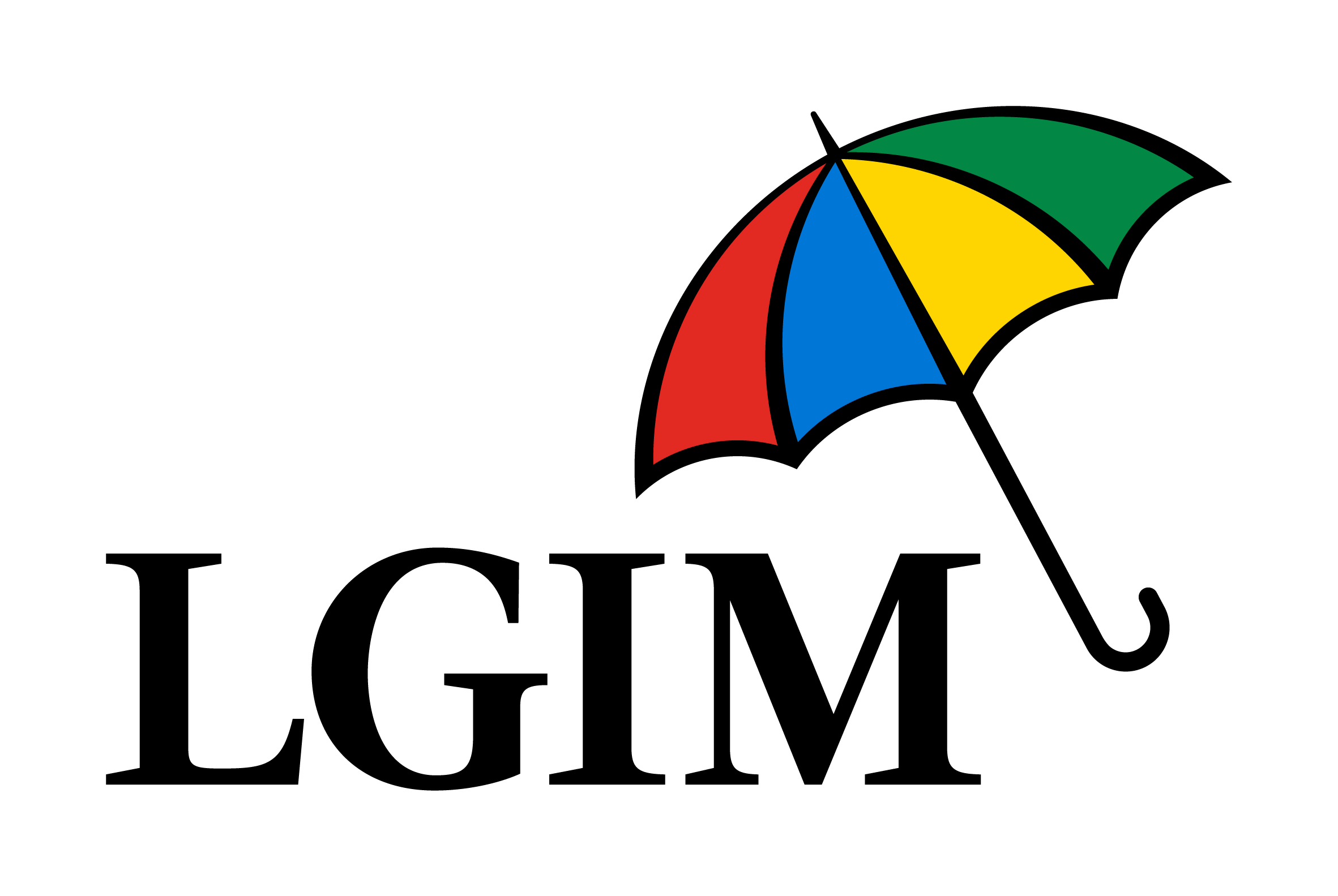The metaverse has become the ‘must-have’ fixture for every issuer with skin in thematic ETFs, however, this venture into digital plains comes at a time of vanishing investor enthusiasm for vague, sci-fi and unprofitable concepts.
A term born out of the 1992 fiction novel Snow Crash and based on the idea of an immersive virtual world, the metaverse has resurfaced over the years in video games such as Second Life in 2003, Roblox in 2006 and The Sandbox in 2012.
However, it is only in the last couple of years the theme has escaped the geeky fringes and flirted with the mainstream. First, when the COVID-19 pandemic forced work colleagues into virtual meetings blighted by poor Wi-Fi, friends into virtual reality concerts and tours, and even fitness enthusiasts onto static bikes playing videos of hilly landscapes rolling by.
Then, after normal life had largely resumed, the world’s largest social media company – once Facebook – went all-in on an idea it had struggled to contribute anything original towards in years.
Little over 12 months after its name change to Meta and the company’s recent results lay bare the extent of Mark Zuckerburg’s potentially $100bn misadventure.
Its Q3 profits collapsed 36% year-on-year and revenues for the quarter were also down on the previous year, the first time this has happened since the company’s IPO. Some of this owes to market forces and a fall in advertising revenue but also what venture capital investors Altimeter Capital estimated to be the social media giant’s between $10bn and 15bn a year research and development spend on the metaverse.
“Meta has put its entire business on the line for the metaverse, which still does not exist, and the gamble is not paying off,” GlobalData thematic analyst Rachel Foster Jones told The Guardian.
“The metaverse will probably not be profitable for another decade and threats of hiring freezes are not enough to convince investors that Meta is focusing on what will pay the bills now.”
Appropriately, Meta’s dedication to the cause sees it land a predominant role in all five of Europe’s metaverse ETFs. Meta is also a member of the Metaverse Standards Forum alongside Microsoft – which is a top holding in three metaverse ETFs – though the latter is less convinced by the megatrend.
Prior to the latest installation of the Call of Duty franchise booking Microsoft its best first weekend for a gaming launch in its history, the company’s CEO of gaming and head of Xbox, Phil Spencer, derided the metaverse in its current form as a “poorly built videogame”.
Other key tech players are also in mixed minds. New Twitter CEO Elon Musk said at the end of last year consumers would not be convinced by “strapping a screen to their face all day and never wanting to leave.”
“We are far from disappearing into the metaverse,” Musk added.
Elsewhere, Apple CEO Tim Cook has spoken out about his company’s plans to develop alternative reality (AR) headsets and argued it is “profound technology that will affect everything”, however, he conceded “I am really not sure the average person can tell you what the metaverse is”.
Despite these doubts and the fact Apple’s AR headsets are not expected to launch until next year at the earliest, it is a top three constituent in all but one of Europe’s metaverse ETFs.
Rules-based ETFs for an uncertain virtual world
The ETFs from HANetf, Roundhill Investments, Legal & General Investment Management, Franklin Templeton and Fidelity have had a tough start to life, with all five launching in the half-year period between March and September.
With Meta down more than 71% and Roblox collapsing more than 55% so far in 2022, the world’s largest metaverse ETF strategy – embodied by the modest $2m Roundhill Ball Metaverse UCITS ETF (METV) in Europe – has returned -21.1% over the past six months, as at 28 October, according to data from ETFLogic.
To put this into context, a bleak year for tech equities saw the $5.2bn Invesco EQQQ Nasdaq 100 UCITS ETF (CNDX) fall 10.6% over the same period while carrying a fee of 0.30% versus 0.59% for METR. This likely goes some way to explaining why METR’s ’40-Act’ rendition has seen its assets under management (AUM) slide from $906m to $401m since January.
The unreceptiveness to metaverse ETFs is even more pronounced in Europe, with all five products on the market amassing just $16m AUM collectively.
Outside of explanations based on unfortunate market timing with their launches, European investors are likely unconvinced by either the theme or how it is being captured in ETF format.
Indeed, the combination of a nascent theme and large companies in a product’s index means constituents are likely to derive most of their revenues from non-metaverse activities – and in turn metaverse uptake is unlikely to be a key driver of their returns for the foreseeable.
Noticeable differences in the sector weightings of each strategy also point to a lack of agreement on what the metaverse is, at least within listed companies.
While the $4m Fidelity Metaverse UCITS ETF (FMVR) does not include Apple among its top constituents and instead opts to overweight gaming companies such as Tencent and Nintendo, the $2m Franklin Metaverse UCITS ETF (FLRA) favours virtual payments providers Mastercard and PayPal.
Also illustrating the lack of a standardised view on the theme, Solactive alone offered seven distinct metaverse benchmarks to be tracked by ETFs at the start of the year.
Looking ahead, investors should keep an eye on whether other ETF issuers active in thematics – BlackRock, Invesco, First Trust and Rize ETF – throw their hat in the virtual ring.
It remains to be seen whether the theme can gain traction and help relevant companies and the ETFs tracking them to outperform. For now, wrapped metaverse products have been less virtual world of discovery and more plain nightmarish.
Related articles






